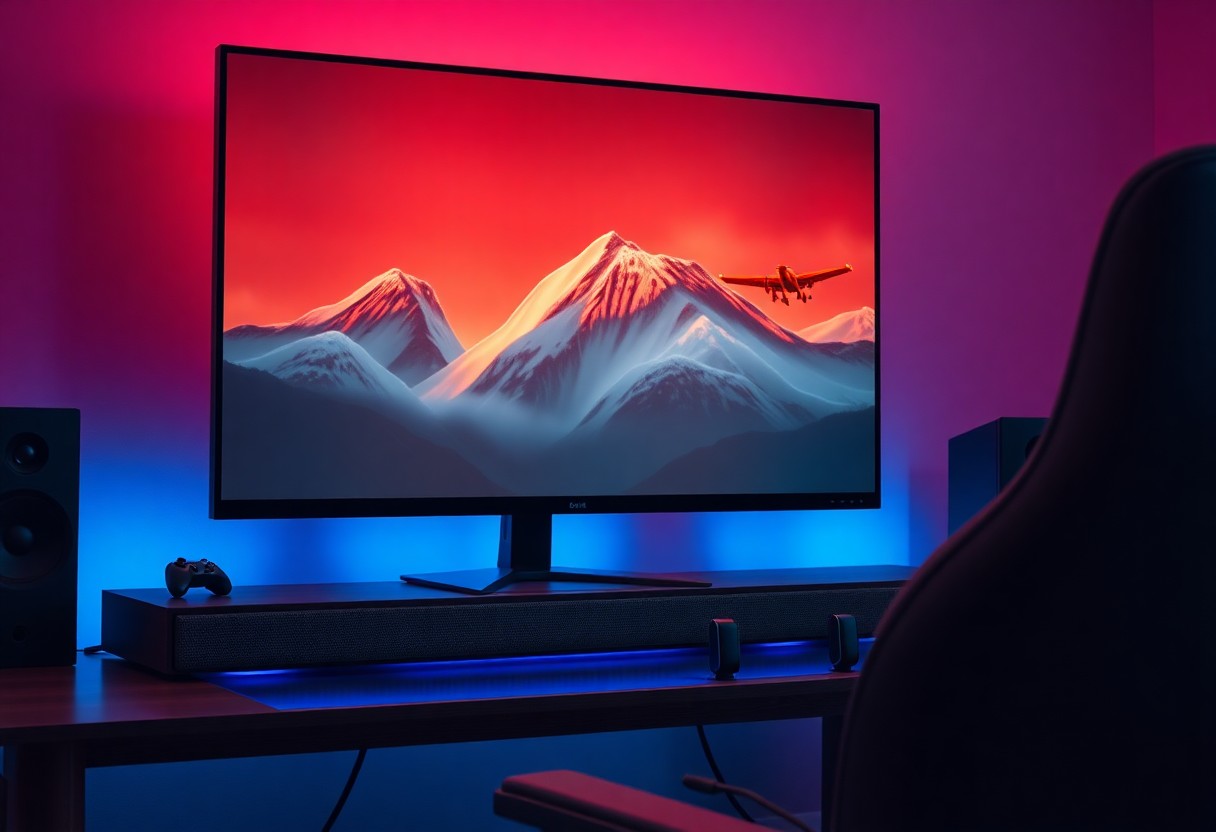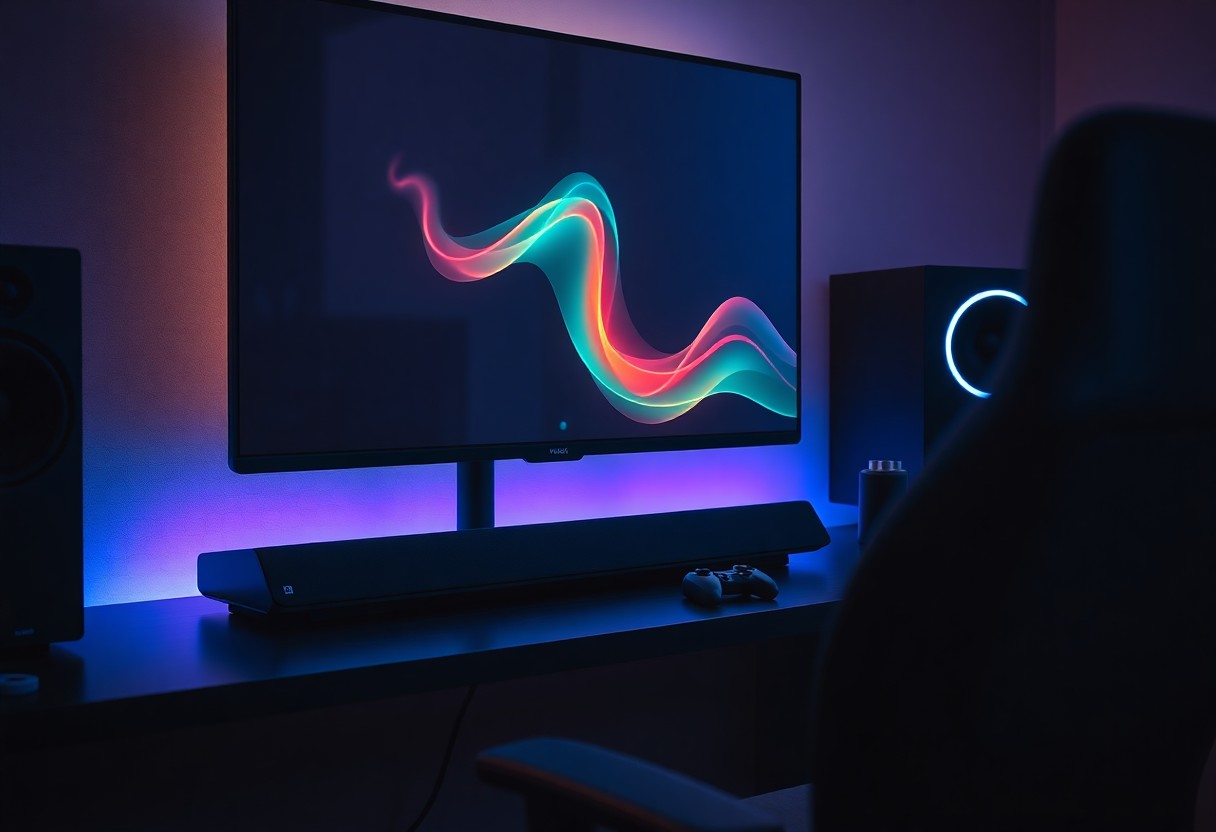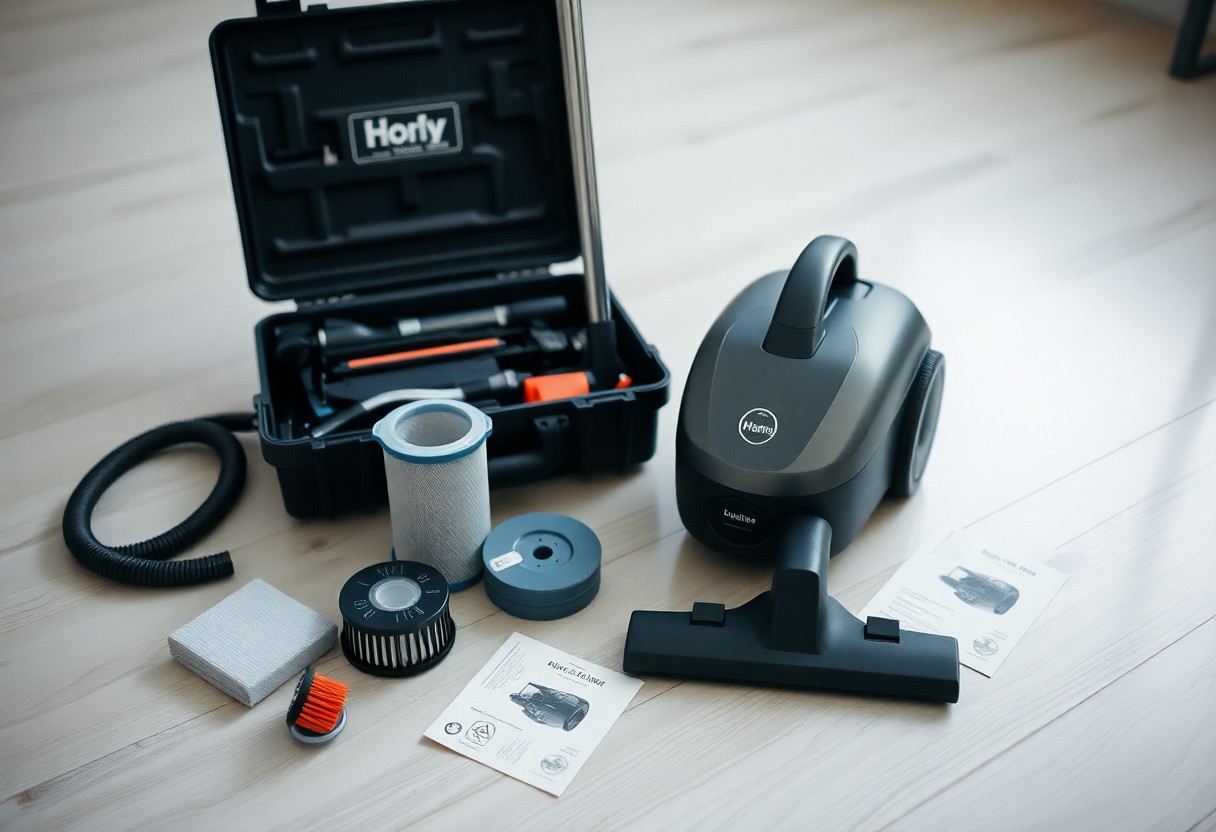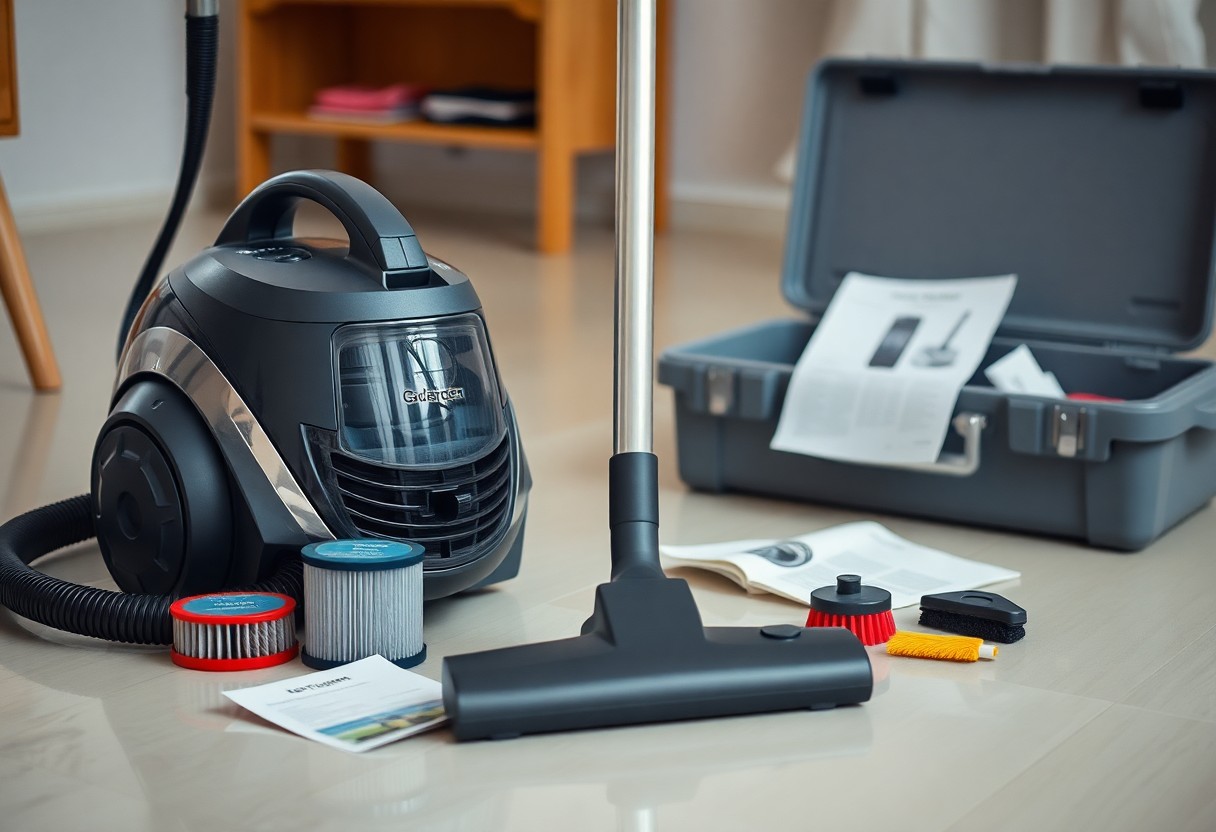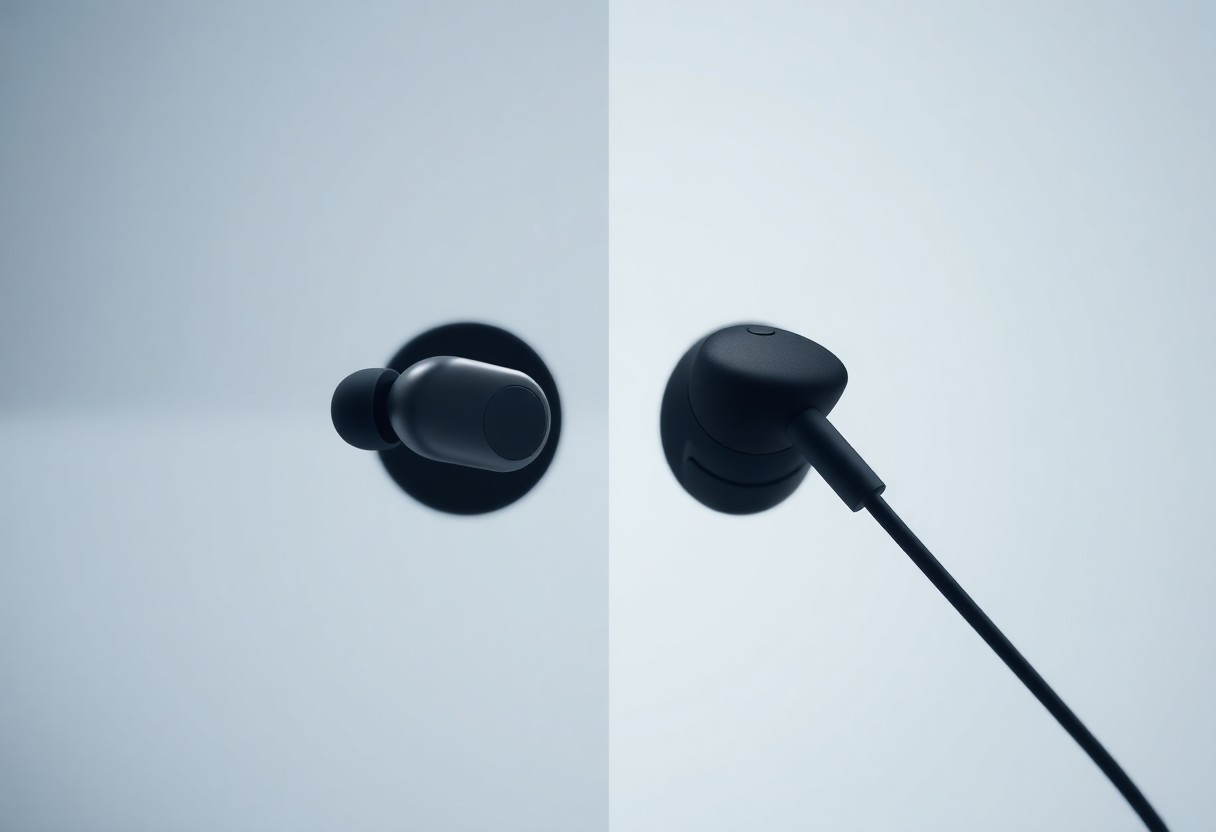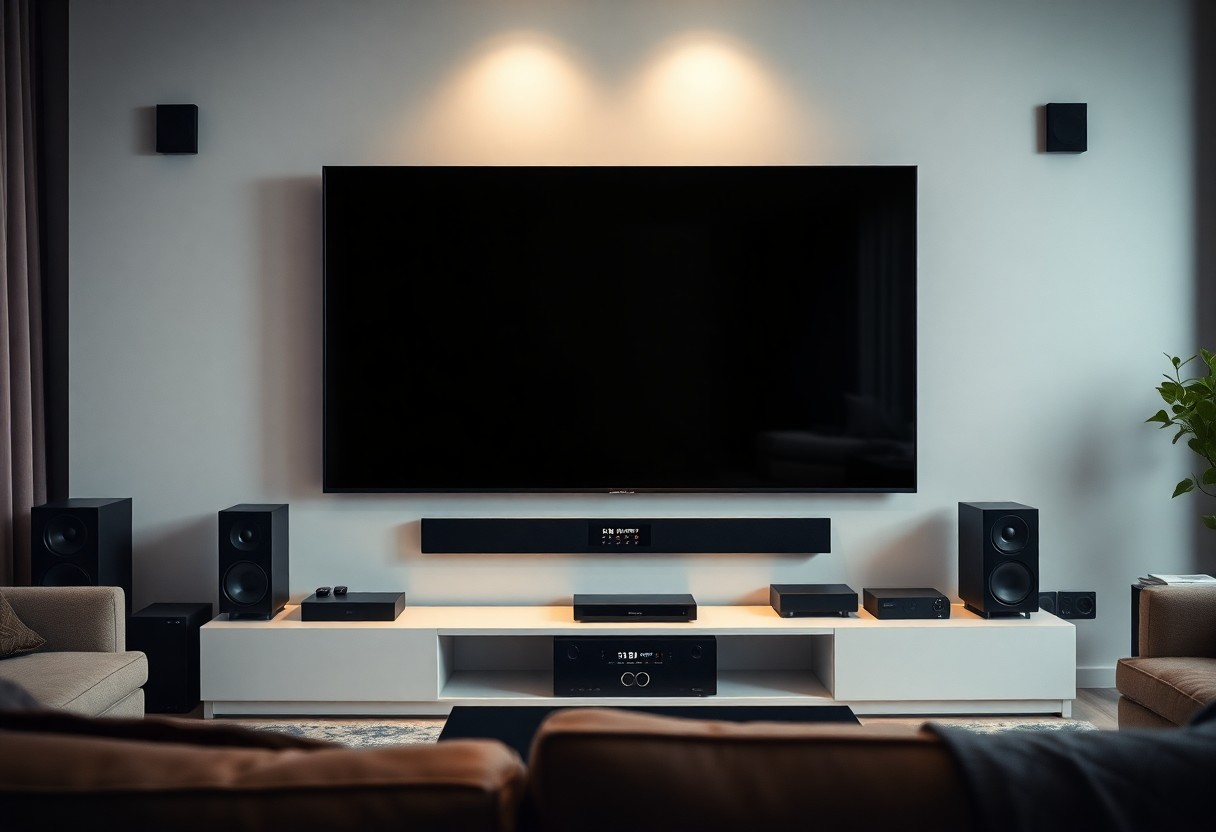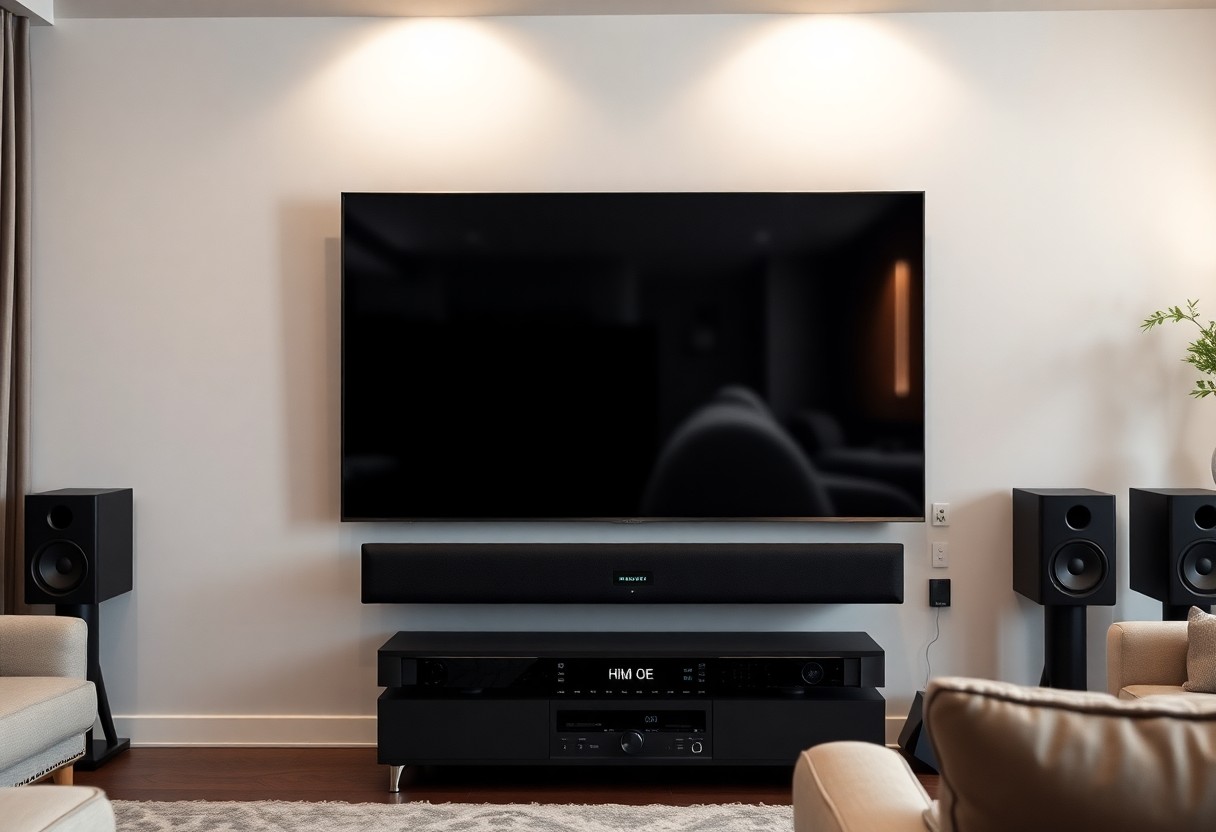Fixing common earbud problems can save you time and money while enhancing your listening experience. If you’ve encountered issues like tangled wires, audio imbalances, or connectivity failures, you’re not alone. These problems can be frustrating, but with the right steps, you can troubleshoot and resolve them easily. In this guide, you’ll discover effective solutions to restore your earbuds to their optimal performance, ensuring you can enjoy your music and calls without interruption.
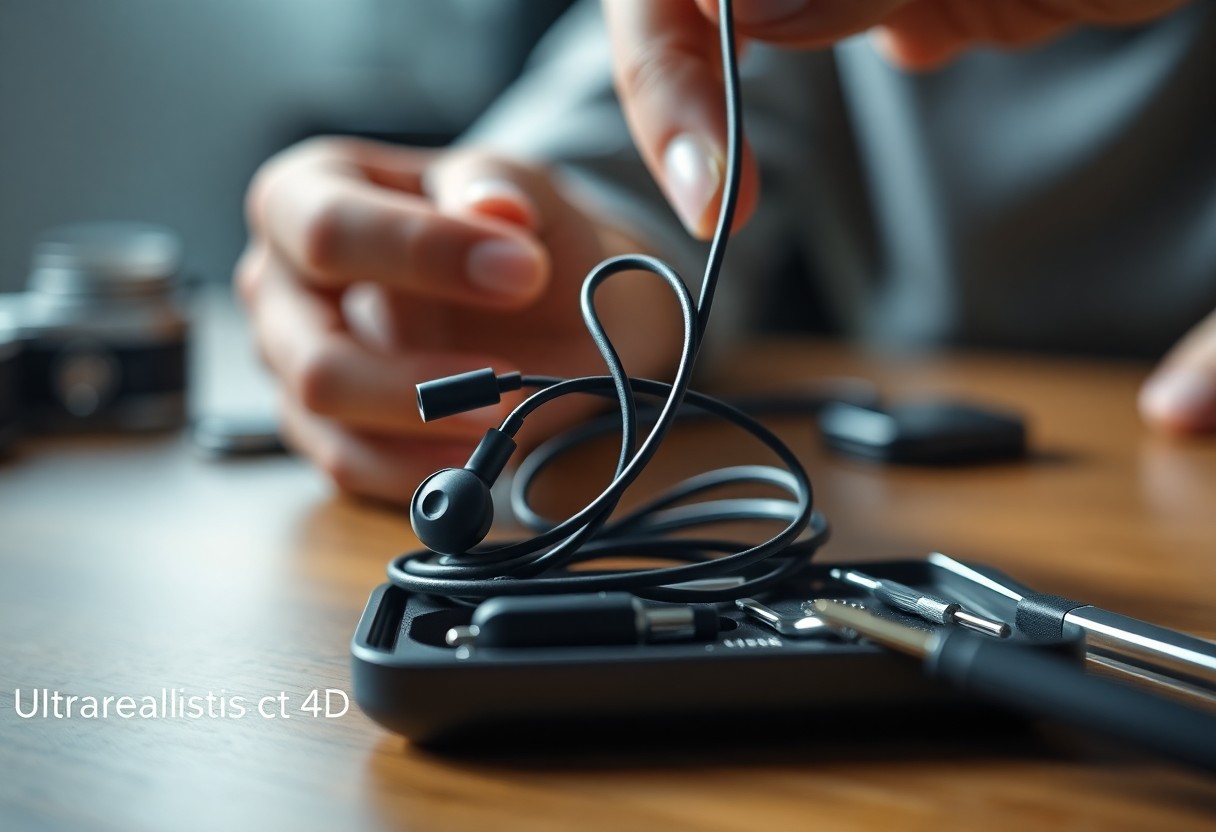
Common Earbud Problems
The overall performance of your earbuds can be affected by various issues that may arise over time. From poor sound quality to connectivity glitches, these problems can disrupt your listening experience. Understanding these common earbud problems is the first step toward finding solutions that can help restore their functionality.
Sound Quality Issues
Problems with sound quality can manifest as distorted audio, imbalanced sound, or a complete lack of sound. These issues can stem from a range of factors, including damaged wiring, dirt build-up, or loose connections. Identifying the root cause is necessary for effective troubleshooting and can significantly enhance your listening experience.
Connectivity Problems
Assuming that your earbuds aren’t connecting properly? This could be due to various reasons including Bluetooth interference, low battery, or incorrect pairing. Ensuring that your earbuds are within range of the connected device and that both devices are updated can often resolve these frustrating issues.
Earbud connectivity problems can also occur due to software glitches or outdated firmware. It’s recommended to check for any available updates for both your earbuds and your device. Additionally, if you’re using Bluetooth earbuds, try unpairing and then repairing them to refresh the connection. Reducing the number of active Bluetooth devices around you might also help eliminate interference, improving connection stability.
How-to Identify Earbud Problems
You can pinpoint earbud issues by considering symptoms such as sound quality, connectivity, and comfort. Observing any patterns in your earbuds’ performance will help in diagnosing the problem accurately. Common indicators include sudden loss of sound, uneven audio, or physical discomfort during use. By paying close attention to these factors, you can effectively narrow down the issue and determine your next steps.
Diagnostic Tips
Clearly, identifying issues begins with thorough diagnostics. Here are a few tips to help you out:
- Check your device’s audio settings and ensure volume levels are adequate.
- Test your earbuds with another device to rule out connection issues.
- Inspect the cable and connectors for wear or damage.
- Cleans your earbuds regularly to avoid blockage.
This will help you assess whether the problem lies with the earbuds or the connected device.
Troubleshooting Steps
Problems with earbuds often stem from minor issues that can be easily resolved through troubleshooting. You can make meaningful changes by working methodically through potential issues. Start by examining the physical condition of your earbuds, such as ensuring that they are properly plugged in and checking for any visible damage. Next, try resetting your device or disconnecting and reconnecting your earbuds. You may also want to explore audio settings both on your earbuds and the device.
Steps include testing your earbuds on a different device to determine if the issue persists, as this eliminates the primary device as a potential problem source. If sound quality fluctuates, consider adjusting the audio settings and cleaning any debris from the ear tips. By systematically addressing these points, you can identify and fix most earbud problems, restoring your optimal listening experience.
How to Fix Sound Quality Issues
Some common sound quality issues with earbuds can be resolved by troubleshooting a few fundamental aspects. Ensure that your audio source is set correctly and adjust settings as needed. You can find more information on How to Fix the Most Annoying Bluetooth Headphone problems online, which may also help improve your listening experience.
Checking the Audio Source
Clearly, checking your audio source is imperative for optimal sound quality. Ensure that you are using a reliable device with good quality audio files. Sometimes, the issue lies in the settings or format of the media you are playing, so try using different applications or platforms for comparison.
Cleaning Earbuds
Cleaning your earbuds can significantly enhance audio quality by ensuring unobstructed sound flow. Dirt, wax, and debris may accumulate and interfere with sound output, leading to a muffled listening experience. Regularly inspect and clean your earbuds to enjoy clearer sound.
Audio quality improves dramatically when you maintain clean earbuds. Use a soft, dry cloth or a cotton swab to gently wipe the exterior and mesh of the earbuds. You may also use a gentle cleaning solution on the cloth for a deeper clean. Avoid using excessive moisture; a little goes a long way in preserving your earbud components while eliminating unwanted buildup that affects sound quality.
How to Resolve Connectivity Problems
Unlike wired earbuds, wireless options can occasionally face connectivity issues. To resolve these problems, ensure your device’s Bluetooth is activated and not connected to another device, as this could hinder pairing. Restarting your earbuds and the audio source can also help eliminate minor glitches, allowing for a fresh connection. If issues persist, unpair your earbuds from the device and re-pair them. This method often resolves lingering connection issues by initiating a new signal between the devices.
Bluetooth Pairing Tips
The following tips can enhance your Bluetooth pairing experience:
- Ensure your earbuds are fully charged before attempting to pair.
- Keep your device and earbuds close together during pairing.
- Delete old Bluetooth connections that may interfere with new pairings.
- Update your device’s firmware if you encounter persistent issues.
This will significantly enhance your connectivity experience.
Range and Interference Factors
The effective range of your earbuds largely depends on various environmental factors. Obstacles such as walls and furniture can disrupt the Bluetooth signal. Additionally, interference from other electronic devices can negatively impact connection quality. To optimize range, ensure that there are minimal barriers between your earbuds and audio source. Testing your earbuds in different geographical locations can help identify areas with better connectivity.
- Stay within 30 feet of your audio device for optimal performance.
- Minimize the use of other Bluetooth devices nearby.
- Avoid obstructions between your earbuds and the audio source.
- Test your earbuds in open spaces for stronger signals.
Perceiving the changes in connectivity can help you adapt your usage for a seamless experience.
Plus, some materials can absorb or reflect Bluetooth signals, further affecting performance. Common household items like mirrors and metal objects can also contribute to interference. If you’re frequently experiencing connectivity problems, try relocating your audio device or your earbuds, aiming for a clear line of sight. Regularly checking for software updates on both your earbuds and devices can also enhance overall connectivity.
- Experiment with minimizing the number of connected devices to improve performance.
- Test your earbuds in a spot with fewer electronic devices.
- Try using a different Bluetooth-enabled source for comparison.
- Investigate the potential for physical obstacles affecting Bluetooth efficiency.
Perceiving these environmental factors will help you make the necessary adjustments for optimal use.
Preventive Maintenance for Earbuds
Once again, keeping your earbuds in top condition requires preventive maintenance that can significantly extend their lifespan. By adopting simple care practices, you can avoid common issues and ensure a more enjoyable listening experience. Establishing a routine for proper handling, storage, and cleaning will keep your earbuds functioning optimally and prevent damage from wear and tear.
Proper Storage Tips
If you want to preserve your earbuds, proper storage is vital. Always place them in a protective case when not in use to prevent tangling and damage. Additionally, keep them away from places where they can get wet or too hot. Follow these guidelines:
- Store in a cool, dry place.
- Avoid wrapping the cord tightly around the buds.
- Keep away from sharp objects that could cause damage.
Assume that taking these steps will help maintain your earbuds for longer enjoyment.
Regular Cleaning Suggestions
With regular use, your earbuds can accumulate dirt, earwax, and grime, affecting their performance. Cleaning them frequently ensures optimal sound quality and hygiene. Address any buildup as soon as you notice it to prevent long-term damage.
The best way to clean your earbuds is to use a soft, dry cloth or a microfiber towel. For stubborn dirt, slightly dampen the cloth with water or a gentle cleaning solution. Remove silicone tips and wash them with soap and water, ensuring they are completely dry before reattaching. Finally, don’t forget to clean the speaker grilles gently with a dry toothbrush to remove any debris. Consistent cleaning will save you from replacing your earbuds prematurely.

When to Seek Professional Help
Your earbuds play an imperative role in your daily routine, from enjoying music to taking calls. However, if you notice persistent issues that you can’t resolve on your own, it may be time to seek professional help. This is especially true if your earbuds show signs of malfunction that could indicate deeper problems. Consulting a professional can save you time and potentially prevent further damage.
Signs of Irreparable Damage
If your earbuds have sustained physical damage, such as cracks or frayed wires, or if you notice sound quality significantly deteriorating despite troubleshooting, it’s likely that the damage is irreparable. Additionally, if you experience complete failure of one or both buds, attempting fixes may not be worthwhile, and professional support should be sought.
Warranty and Repair Options
When your earbuds show signs of serious issues, check if they’re still under warranty. Many manufacturers provide repair or replacement services for damaged products, often at no cost to you. If your earbuds are out of warranty, inquire about repair options available through authorized service centers.
Another option is to directly contact the manufacturer for repair services, as they typically have the expertise to diagnose and fix issues effectively. Some brands even offer trade-in programs for older models, allowing you to upgrade while receiving credit for your defective earbuds. Evaluating these warranty and repair options can help you decide whether to attempt repair or consider a new purchase altogether.
To wrap up
With this in mind, addressing common earbud problems can significantly enhance your listening experience. By troubleshooting issues like sound imbalance, connectivity problems, and physical damage, you can often restore functionality without needing a replacement. Regular maintenance, such as cleaning and proper storage, can prevent many of these issues from occurring in the first place. When in doubt, consult your manufacturer’s guidelines or seek professional help to ensure your earbuds continue to serve you well. Your ability to enjoy music and calls relies on keeping these small devices in good shape.

